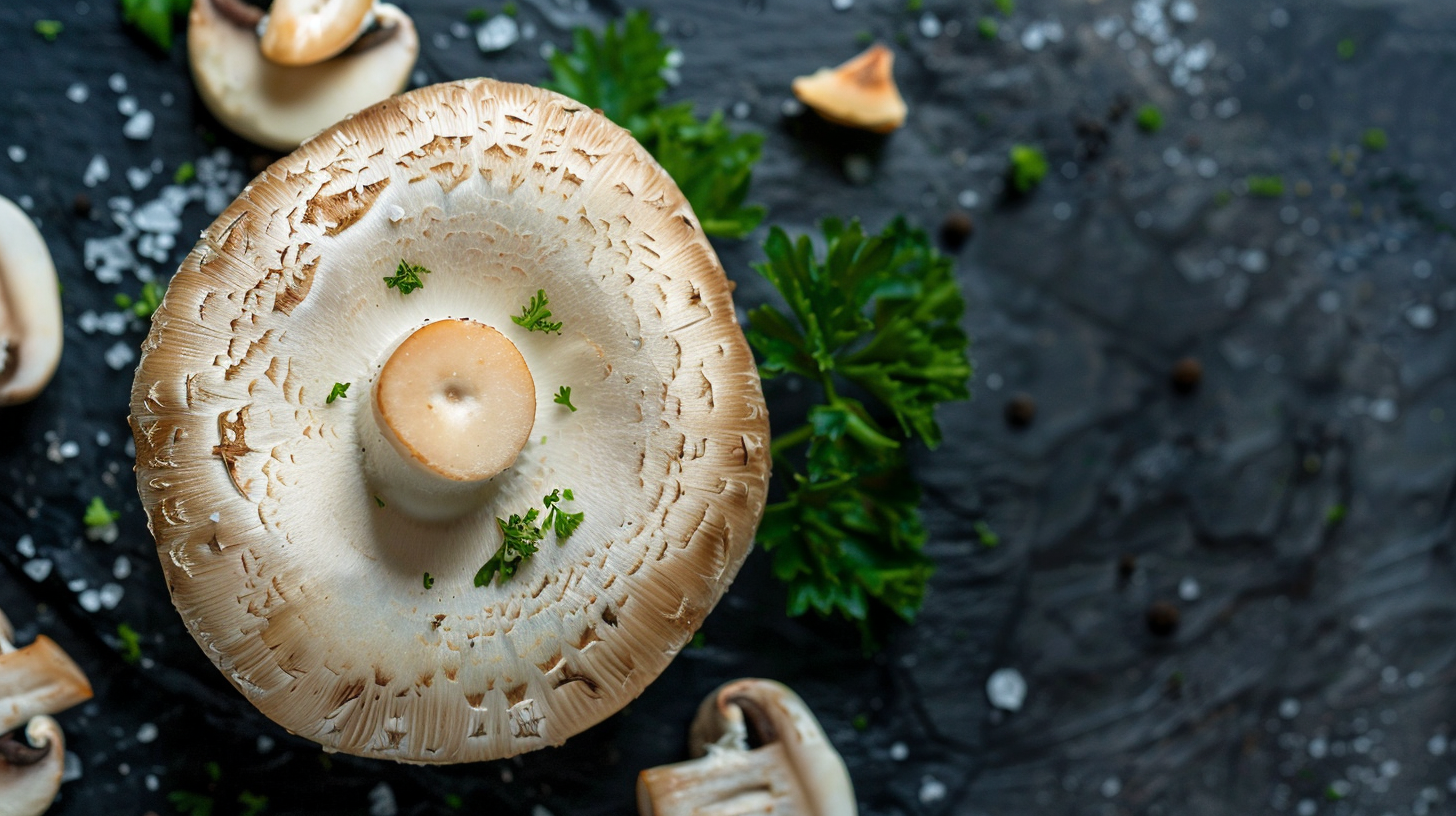Key points
• Canon EF 100mm f/2.8L Macro IS USM: Known for its great image stabilization and true-to-life magnification, it’s a top pick for snapping super detailed food shots.
• Canon EF-S 60mm f/2.8 Macro USM: A fine choice for those with crop-sensor DSLRs, this one combines ease of use, good quality snaps, and won’t break the bank – a winner for up-close food pics.
• Canon RF 85mm f/2 Macro IS STM: If you’re shooting with a Canon mirrorless, grab this lens! It’s not just for macros; it’s also solid for portraits, making it handy for food and more.
Contents
- Key points
- Understanding Canon’s Macro Lens Selection
- Understanding Canon’s Macro Lenses
- Best Canon Macro Lenses for Capturing Food
- Looking at Top Canon Macro Lenses
- Comparative Strengths and Weaknesses
- User Reviews and Professional Recommendations
- Lighting Considerations with Macro Lenses
- Techniques for Sharpness and Detail
- Composition Tips Specific to Food Photography
- Importance of Tripods in Macro Food Photography
- Use of Extension Tubes and Close-Up Filters
- Additional Accessories for Enhanced Macro Photography
- Software Options for Macro Photographers
- Editing Techniques for Food Photography
- Balancing Authenticity with Aesthetic Appeal
Macro photography isn’t about just snapping zoomed-in photos. A true macro shot needs at least a one-to-one magnification ratio. That means if an object’s teeny-tiny in real life, it should look the same size on the camera’s sensor. The photography crowd is a bit flexible though – even shots magnified to half the real-life size get called macros sometimes.
To get into macro photography, you’ll likely need a special lens that can really zoom in. Brands like Canon make these lenses with super close focusing abilities and pin-sharp detail, even when you’re super close to whatever you’re photographing.
But macro photography is more than fancy tech. It’s art that makes tiny things look epic and shows off their details in a way that blows your mind and teaches you stuff. It turns ordinary objects into extraordinary photos that make people wonder and marvel at things they thought they knew.
Picking the right lens in food photography is key. The perfect one can turn a plain meal into an eye-catching masterpiece, showing off textures and colours that make your mouth water. Lenses change how deep the focus goes, how sharp an image is, and the overall look, so choose wisely.
Diverse Perspectives
Different lenses give food photos their own vibe. Wide-angle lenses cover more ground and show-off size, while macros let you zoom in for super fine-details like dew on veggies or sugar crystals on a cake.
Depth of Field Control
In food snaps, controlling the depth of field is important. A big aperture lens blurs out distractions and makes sure the food pops out in the photo, grabbing all the attention.
Sharpness and Clarity
You need sharp lenses to capture crisp details – prime lenses are famous for this. They nail the textures in food so well, you almost wanna reach out and taste it.
In short, lens choice matters a lot when you’re taking food photos. It affects style and framing as much as what’s being photographed. A great lens can turn a snapshot of lunch into a drool-worthy experience.
Canon’s been a big deal in photography for ages, starting back in the 1930s in Japan with ambitions to rival the best cameras out there. They’ve led the way with innovations like the first camera with full-auto exposure and their EOS system, blending bodies, lenses, and gear smoothly together.
Their range is huge, from simple shoot-and-pointers to high-end pro gear. Canon’s known for making images that pop with colour and detail, plus their cameras are tough and comfy to use, no matter your skill level.
Canon’s really shined thanks to their lenses – awesome optics across a bunch of series like EF and RF. For any type of photo you wanna take, from tiny bugs to wide open scenes, they’ve got the goods. And they keep pushing ahead, always looking to serve photographers better as times change.
Going deeper into photography, macro is like the magic door to seeing small stuff in a new way. These shots show off details most people never see – all because of macro lenses built especially for getting up close with major clarity.
What Makes a Lens ‘Macro’
A macro lens is defined by its power to show life-sized or even bigger images on the sensor. Crafted specially, they lock onto tiny subjects and catch them perfectly clear – something normal lenses just can’t do.
Key Features of Macro Lenses
Besides shooting life-size pictures, macro lenses have other cool features. They focus flatly, avoiding bent-looking shots typical with regular close-ups. They’re optically ace too – sharp from edge to edge.
The Role of Magnification Ratio
Magnification ratio is macro photography’s heart – it tells how big a bug or a berry will look on your camera sensor compared to its real size. A 1:1 ratio means it’s shown true to size; anything higher means even more zoom. This number’s pretty crucial since it dictates what details you’ll capture and how your photo is framed.
Understanding Canon’s Macro Lens Selection
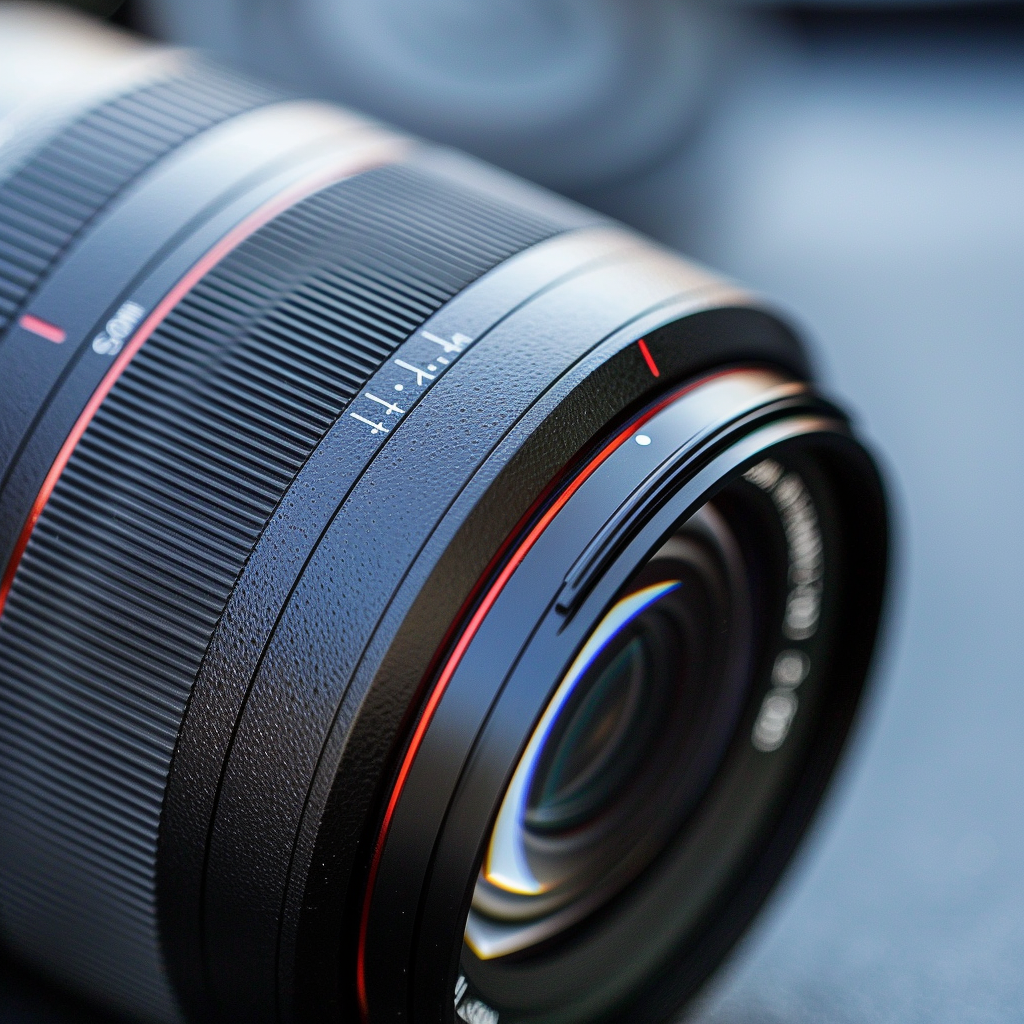
If you’re getting into macro photography, it’s a fun journey. Canon is one of the top brands for cameras and lenses, featuring a bunch of macro lenses. These lenses let you take sharp pictures of small things, letting you see every little detail up close. With these lenses, you can magnify subjects, like the tiny intricacies of a butterfly’s wings or the designs on flower petals. Canon’s macro lenses are perfect for anyone who wants to focus on the tiny wonders all around us.
Understanding Canon’s Macro Lenses
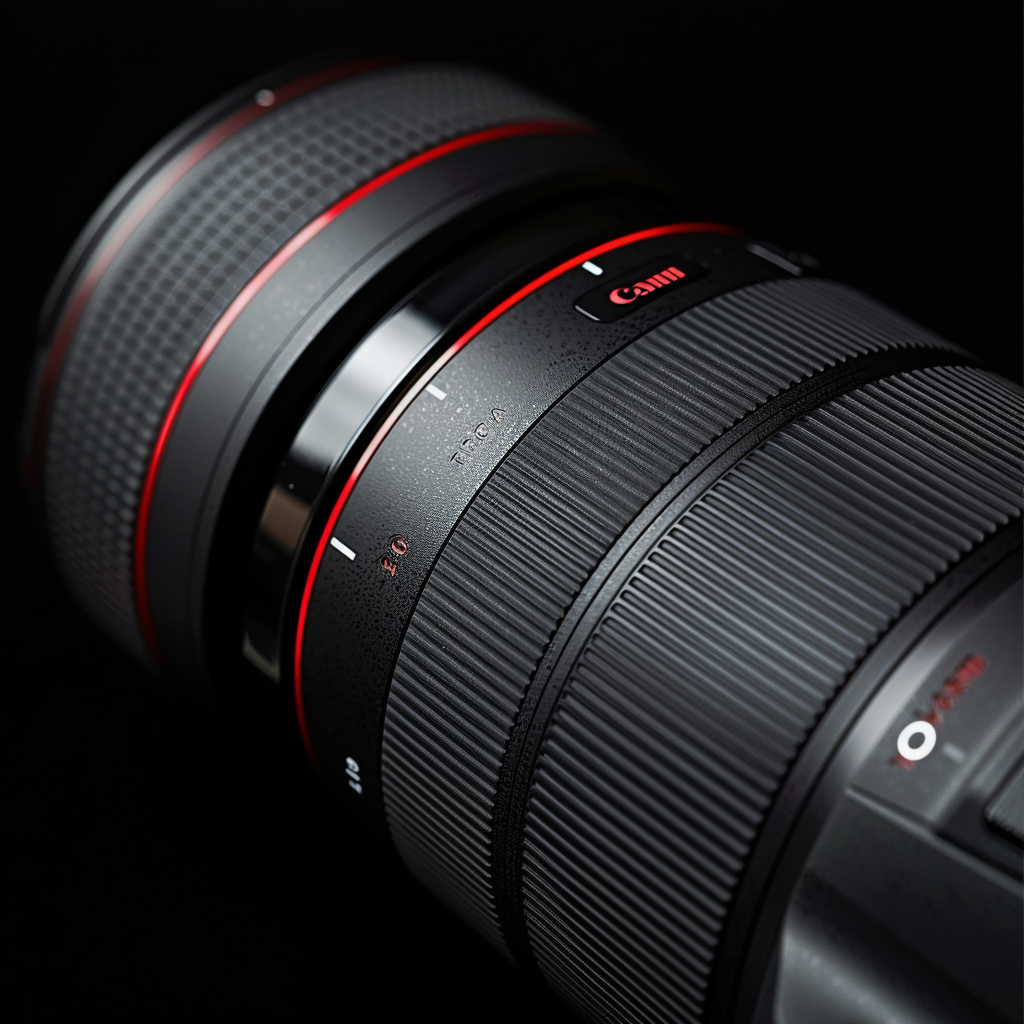
Canon boasts a range of macro lenses, each with unique features and specs to suit different macro photographers. Here’s a quick rundown of their distinctions:
- The EF 100mm f/2.8L Macro IS USM lens is notable for its advanced Image Stabilization (IS) and fast Ultrasonic Motor (USM). These provide stability and speed, which are essential for taking clear images sans a tripod.
- The EF-S 60mm f/2.8 Macro USM is an affordable choice that still captures high-quality shots. However, it’s designed solely for APS-C cameras.
- The compact EF-M 28mm f/3.5 Macro IS STM is great for those on the move. Its small size and Macro Lite feature make it a smart pick for lighting up close-up shots.
- Tech lovers may prefer the RF 100mm f/2.8L Macro IS USM from the RF series. It boasts fantastic image stabilization and autofocus, plus an innovative Spherical Aberration (SA) control ring to tweak the bokeh effect.
Choosing the right macro lens isn’t just about numbers like focal length or aperture; it’s about matching your specific needs for macro photography. Factors to consider include whether it fits your camera, how good the image stabilzation is, its weight and how easy it is to carry, along with any extra features like additional lighting or special effects for the background blur. All Canon lenses guarantee top-notch quality and detail – showing off their mastery in specialized photography gear.
Focal Length: How It Shapes Your Shots
Focal length shapes your field of view and therefore, the amount of scene captured in a photo. Shorter focal lengths such as 35mm or 50mm are excellent for photographing food as they produce a realistic image similar to what our eyes see, creating a connection with the subject. Conversely, longer focal lengths can compress space and highlight particular details, intensifying focus on the food’s texture and colors.
The Role of Aperture in Photography
Aperture impacts the depth of field – the area in focus in your picture. A wider aperture (a lower f-number) lets in more light, letting you emphasize your subject against a fuzzy background. In food photography, lenses with wide apertures like f/2.8 or f/4 can add a professional look by directing attention to the meal.
The Value of Image Stabilization
Image stabilization helps prevent blurry shots caused by small hand movements, especially useful when you’re not using a tripod or in dim environments. Although food doesn’t move much, stabilization is still helpful. It gives you the option to use slower shutter speeds while keeping your photos sharp, offering more freedom to adjust settings so that your food looks tempting.
If your goal is to take stunning food pictures with precision and creativity, knowing these key lens characteristics will be incredibly helpful! Don’t hesitate to try out various lenses and methods to discover what enhances your culinary images best.
Macro photography brings tiny subjects to life through detailed, enlarged representations. This style fascinates by highlighting details usually unseen by our eyes. For food shots, macro lenses are perfect for capturing dish textures and colors in alluring and effective ways. Canon’s selection of macro lenses is tailored to produce crisp, detailed pictures ideal for food photography.
Best Canon Macro Lenses for Capturing Food
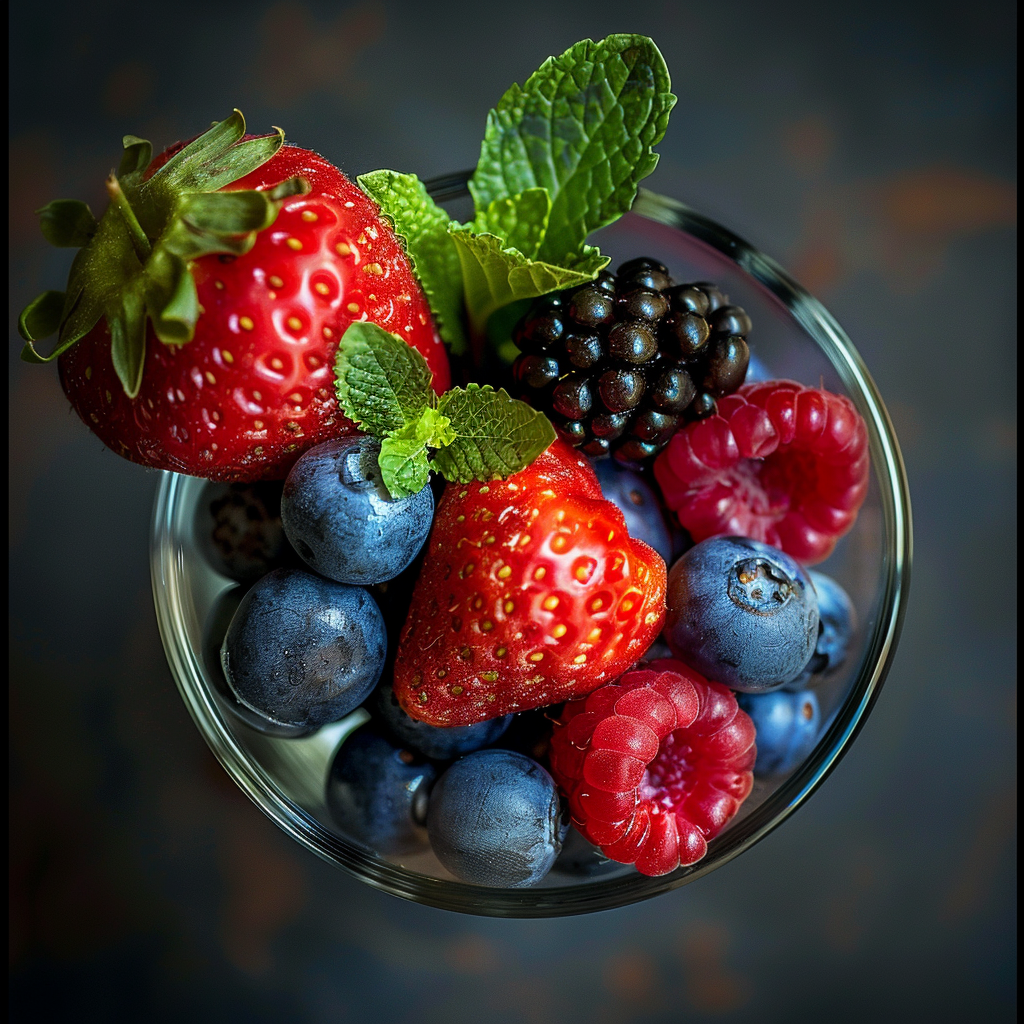
If you’re into food photography, Canon has a bunch of top-notch lenses perfect for the job. Topping the chart is the Canon EF 100mm f/2.8L Macro IS USM, a champ because it’s super adaptable and has killer image stabilization. Also up there is the Canon EF-S 60mm f/2.8 Macro USM; it’s a whiz at making small things look big, especially if you’re shooting with a crop sensor camera. Then there’s the Canon MP-E 65mm f/2.8 1-5x Macro Photo Lens—it’s kinda niche but wow, it zooms in like crazy, letting you catch those tiny, jaw-dropping details.
Looking at Top Canon Macro Lenses
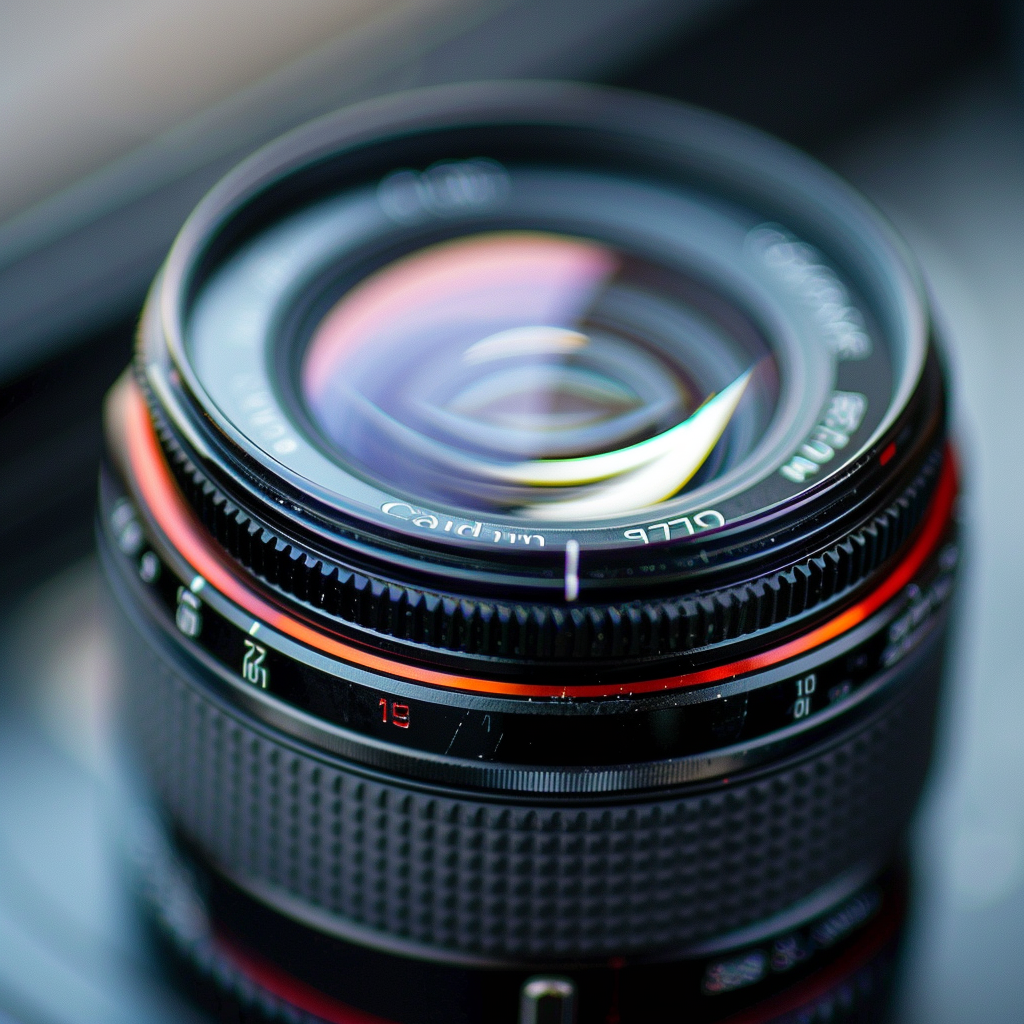
The Canon EF 100mm f/2.8L Macro IS USM lens gets high marks for its clear images and has image stabilization to help with shaky hands when you’re snapping close-ups of food. It’s also tough, with protection against bad weather. On the other hand, the EF-S 60mm f/2.8 Macro USM, which is made for APS-C cameras is a good mix of compact size and quality, handy for when you’re out and about. If you’re into super detailed shots, the MP-E 65mm will let you get really close to your subject; just remember that it’s trickier to use, and you’ll probably need more lights.
Comparative Strengths and Weaknesses
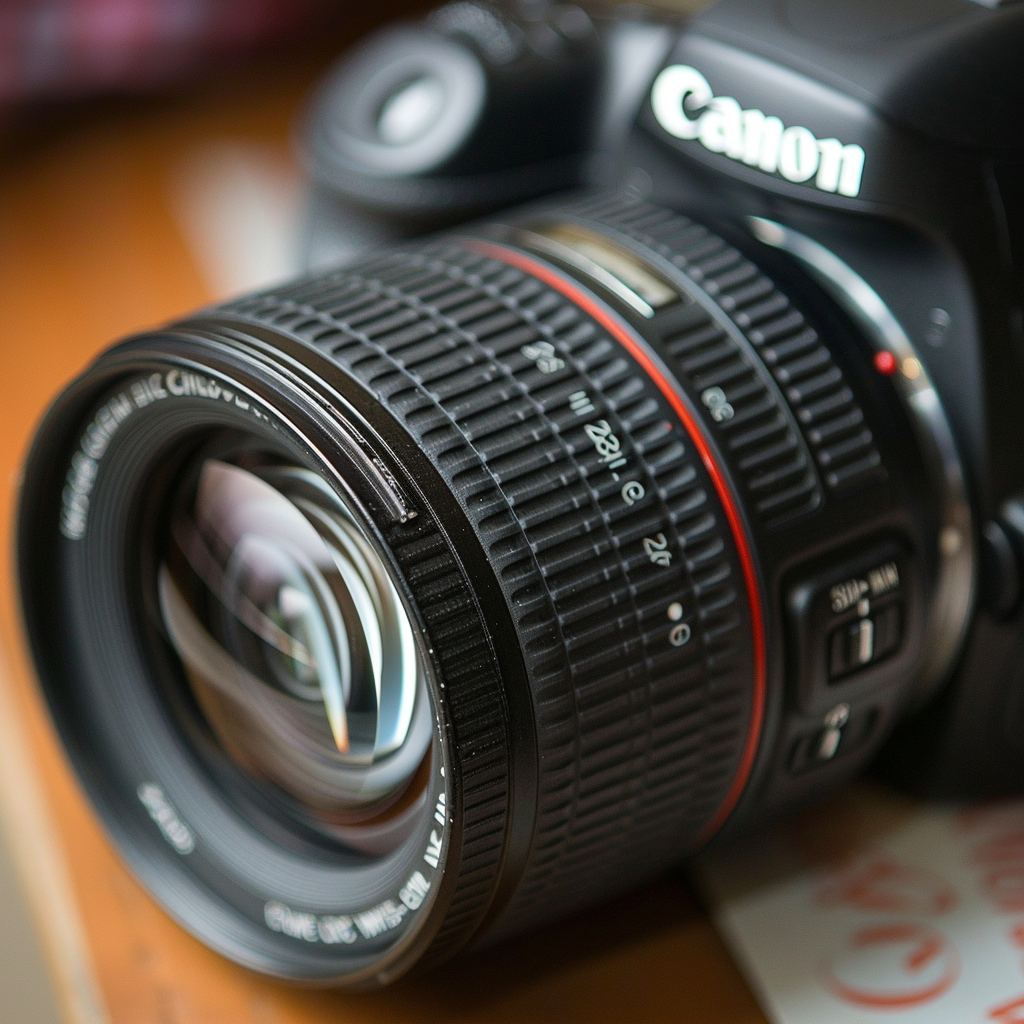
The EF 100mm is well-built and delivers amazing background blur. Yet, its heaviness could be a drawback for certain folks. The EF-S 60mm is more lightweight and cheaper, but it’s not as functional on a full-frame camera. On the other hand, the MP-E 65mm magnifies exceptionally well, but it’s manual focus only and doesn’t have Image Stabilization (IS). This means you’ll definitely need a tripod and some endurance.
User Reviews and Professional Recommendations
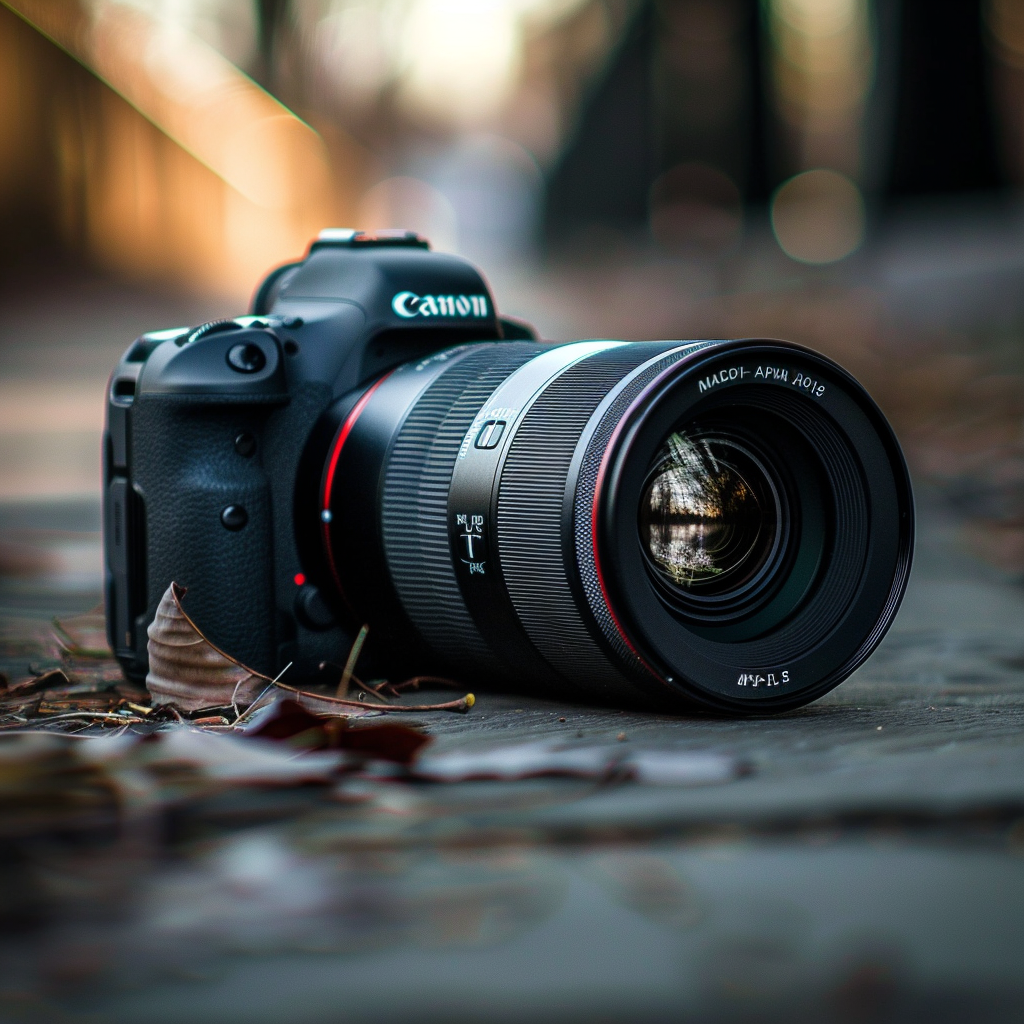
Both camera buffs and experts agree that the Canon EF 100mm f/2.8L Macro IS USM lens is a top pick for snapping pictures of food. Its image stabilisation comes in handy, especially when shooting by hand in active kitchen settings. The EF-S 60mm gets kudos too for being easy to use and delivering crisp shots on a budget. And while the MP-E 65mm isn’t as commonly recommended, since it’s more specialized, it’s recognized as top-notch for extreme close-up photography.
If you’re into photographing edibles, the right lens can make your dishes stand out with every tasty detail crystal clear. For Canon shooters, there are plenty of macro lenses that can turn your pics from alright to drool-worthy.
Lighting Considerations with Macro Lenses
Awesome lighting is a must, particularly when shooting food. It helps reveal textures and colors, making the dish look delish. Since macro lenses can have a tight depth of field, good light lets you use small apertures without compromising on shutter speed and helps prevent blurry pictures due to shaky hands or moving subjects. But watch out for too much light, which can create too much reflection or deep shadows. Soft, natural light is best because it effectively highlights your food without being too strong.
Techniques for Sharpness and Detail
To get that perfectly clear shot that makes people want to dig in, you’ll need some tricks. A tripod is awesome for keeping your camera still and honing in on what part of the meal you want to show off. Manual focus gives you more control than auto-focus in macro photography since you decide where to focus. Another tip is to play with the aperture. A big aperture (small f-number) can blur the background nicely, but a narrow one (big f-number) might be better for keeping all your subject in focus.
Composition Tips Specific to Food Photography
Setting up your shot is just as key as the techy stuff. You’ve gotta arrange food that looks tasty and directs the eye through the photo. Mixing up angles provides cool perspectives, like shooting from the top to see the whole dish or from the side to feature specific details. The rule of thirds is super handy; lining up your dish with these imaginary lines creates a balance that’s just right for us humans.And don’t forget about what’s behind your food. A simple backdrop makes your meal the star. But little things count too. Adding items like utensils or ingredients can give context and tell a story, just don’t let them steal the show from what you cooked up.
In short, acing macro photography with Canon lenses for food means getting lighting right, using techniques for sharpness, and trying out different composition methods. Get all this together, and your photos won’t just look pro – they’ll look incredibly tempting.
When you jump into macro photography with Canon gear, there’s a heap of gadgets that can step up your game. These bits and pieces not just enhance your lens’s capacity but also change the way you capture fine details.
Importance of Tripods in Macro Food Photography
A solid tripod is essential for close-up photographers, foodies included. Tiny movements can mess up a photo real fast when your subject is small. Tripods give steadiness and sharpen your shots, leaving you free to tweak your setup without shaking things up.
Use of Extension Tubes and Close-Up Filters
For a glimpse at tiny wonders, try extension tubes or close-up filters. These cool gadgets let your lens focus closer than usual. Extension tubes go between your camera and lens and don’t have glass parts, while close-up filters, like little magnifying tools, attach right onto your lens front. They’re both affordable shortcuts to macro photography without needing a special lens.
Additional Accessories for Enhanced Macro Photography
To elevate your close-up photos even more, think about these extras:
- Ring Flashes: Even out the light when you’re really close up—no more nasty shadows from the lens itself.
- Focusing Rails: Fine-tune your camera placement bit by bit without having to move everything—perfect for nailing focus on miniature stuff.
- Remote Shutter Release: Helps avoid shakes when clicking the shutter—a gentle tap does it.
In the end, matching a Canon macro lens with these add-ons beefs up the quality and precision of your close-up shots. Whether capturing a leaf’s texture or the intricacy of fine dining, each tool helps in making the perfect zoomed-in picture.
Software Options for Macro Photographers
Moving over to picture editing, macro photographers have lots of software options for spicing up their work. No matter if you’re pinching pennies or okay with spending more cash, there are choices for everyone. Favorites include Adobe products like Photoshop and Lightroom as well as no-cost picks like GIMP. All these apps come with features made just for improving macro shots.
Editing Techniques for Food Photography
When touching up food pics, you need a sharp eye for detail and subtlety. It’s important to present your image as true-to-life yet as enticing as possible. Common techniques include cranking up sharpness to show off textures and tweaking colors so everything looks yummy. Sometimes retouching is key to delete distractions and finesse the composition.
Balancing Authenticity with Aesthetic Appeal
Making pictures that pop while staying true to the actual food is pretty much an art form. You need technical know-how plus a gut feeling about your subject. Your aim is to mantain an authentic look—overdoing it on colors or edits can make things seem fake. Finding this balance can be the difference between okay images and amazing ones.
Be aware that mistakes can slip through during digital post-processing. Always give your work a final once-over before calling it done. Catching those minor blips ensures your final piece stays both top-notch quality and gorgeous to look at.

About Author
Rachel Noël is a professional photographer and videographer from the UK with over 10+ years of experience. Rachel specializes in Underwater, Tavel & Portrait photography among other areas.
